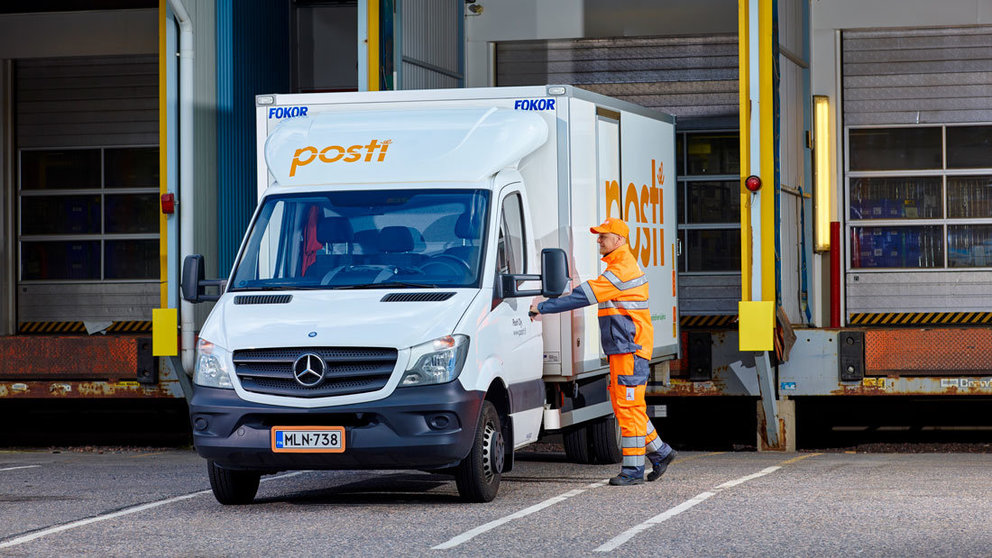The coronavirus crisis has increased attention to certain occupations, considered essential or critical for the proper functioning of society. Police, nurses, doctors, caregivers, members of the armed forces, air traffic controllers, truck drivers, midwives, railway operators, agricultural, forestry and fishery employees are some of them.
According to Statistics Finland's employment statistics, there were 2.4 million employed persons in Finland in the last week of 2018. A total of 735,000 people worked in critical occupations, or 31% of all the employed. Of those working in critical fields, 67% (or 490,000) were women.
On the least detailed level of the Classification of Occupations, armed forces (8,000 persons) and agricultural and forestry workers, etc. (53,000 persons) were defined as entirely critical.
Last spring, after the coronavirus pandemic was declared, the prime minister's office published a list of critical occupations defined as 100% or 50% critical. This text deals with occupational groups classified as entirely critical.
In five years, the number of people employed in critical occupations decreased by 1,000 (around one per mil). At the same time, the number of all employees increased by 72,000 (3%).
 Source: Statistics Finland.
Source: Statistics Finland.
Highest number in Uusimaa
Examined by area, the highest numbers of persons working in critical occupations were living around the main population centers in Uusimaa (the capital region, 205,000 persons), Pirkanmaa (Tampere region, 66,000) and Southwest Finland (Turku, 65,000).
However, in relative terms, this is compared to all people employed in the region, most representatives of critical occupations were found in Central Ostrobothnia (11,000 persons, 39%), South Ostrobothnia (30,000, 38%) and Kainuu (11,000, 38%).
Only in Uusimaa (26%) the share of persons working in critical occupations of all employed in the region was under 30%.
Relative to the population, the numbers of employed persons in critical occupations were highest in North Ostrobothnia (34%), South Savo (30%) and Southwest Finland (30%). Relative to the population, under 10% of employed persons were working in critical occupations in Kymenlaakso, North Savo, Kainuu and South Karelia.
Critical workers with families
In 2018, there were 170,000 adults in critical occupations with whom at least one child aged under 10 lived in the same dwelling. These parents accounted for 23% of all those working in critical fields.
Children aged under 10 have been selected for the examination because one parent may take temporary child care leave if a child of that age falls ill.
For workers with families with children, the shares of those in critical occupations (occupations with over 10 persons) were biggest in 2018 among midwives (970 persons, 40%), air traffic controllers (110, 39%), pharmacists (560, 38%), railway brake, signal and switch operators (750, 37%) and ambulance workers (1,200, 35%).
 Source: Statistics Finland.
Source: Statistics Finland.
118,000 mothers of small children
In 2018, the number of mothers of children aged under 10 working in critical fields totaled 118,000, which was 16% of all persons working in critical fields.
The most common occupational groups for mothers were nurses (20,000, 30% of all women in the occupational group), health care assistants (16,000, 23%) and child care workers (10,000, 25%).
Mothers' ten most common critical occupations employed 85,000 persons, which represented 72% of all mothers working in critical occupations.
Correspondingly, fathers of children aged under 10 working in critical fields numbered 54,000 in 2018, which was 7% of all persons working in critical fields.
The most common occupational groups for fathers were heavy truck and lorry drivers (8,000, 20% of all men in the occupational group), livestock and dairy producers (2,700, 21%) and secondary education teachers (2,500, 30%).
Altogether 25,000 persons are employed in fathers' ten most common critical occupations, which was 10% of all fathers working in critical occupations.









